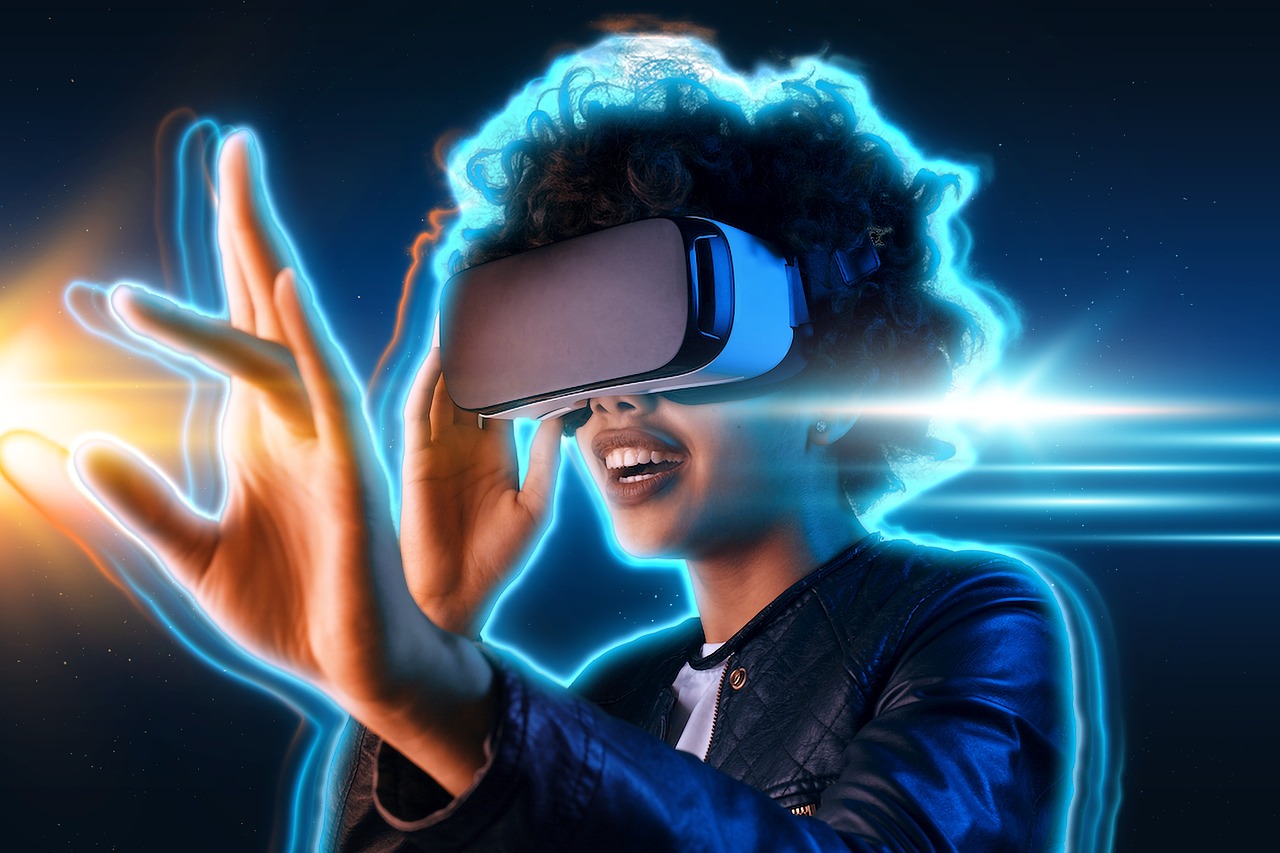The Future of Urban Living In Smart Cities
Smart cities are no longer just the stuff of sci-fi – they’re quickly becoming our new reality. So, what’s in store for us in these futuristic urban hubs? Let’s take a look at the exciting developments reshaping urban living in smart cities.
- Seamless Connectivity
Imagine a city where everything is connected, from traffic lights to trash cans, all communicating with each other to optimize efficiency. That’s the essence of a smart city. With the advent of 5G and the Internet of Things (IoT), urban areas are becoming seamlessly interconnected. This means faster internet speeds, real-time data sharing, and smarter infrastructure. Whether it’s a smart home that adjusts your thermostat based on your preferences or a city-wide network that reduces traffic congestion, connectivity is the backbone of smart city living.
- Sustainable Living
Green is in, and smart cities are leading the charge in sustainability. Urban planners are integrating eco-friendly solutions to reduce the carbon footprint. Think solar-powered streetlights, green roofs, and electric public transportation. Waste management is also getting a high-tech makeover with smart bins that signal when they’re full, ensuring efficient collection and recycling. These cities aren’t just aiming for zero waste; they’re striving for net-positive impact on the environment.
- Enhanced Mobility
Gone are the days of endless traffic jams and long commutes. In smart cities, mobility is revolutionized through intelligent transport systems. Autonomous vehicles, electric scooters, and shared mobility options are becoming the norm. Smart traffic lights adjust in real-time to ease congestion, and apps provide instant updates on the fastest routes. Public transportation is also getting smarter, with real-time tracking and digital payment systems making commutes smoother and more efficient.
- Smart Homes and Buildings
Your home in a smart city is more than just a place to live – it’s an integral part of the urban ecosystem. Smart homes are equipped with devices that learn your routines and preferences, enhancing comfort and energy efficiency. Buildings are designed with advanced materials and technologies that reduce energy consumption and improve air quality. Imagine living in a building where lights, heating, and cooling systems adjust automatically based on occupancy and weather conditions. It’s not just convenient; it’s revolutionary.
- Improved Quality of Life
At the heart of smart cities is the goal to improve residents’ quality of life. Enhanced public services, such as healthcare, education, and safety, are integral components. Smart healthcare systems provide remote monitoring and telemedicine, making medical services more accessible. Educational institutions leverage technology for personalized learning experiences. Safety is bolstered through smart surveillance and emergency response systems. All these elements work together to create a safer, healthier, and more enriching urban experience.
- Data-Driven Decision Making
In a smart city, data is the new gold. Sensors and connected devices generate vast amounts of data that city officials use to make informed decisions. From predicting and managing natural disasters to planning urban development, data analytics plays a crucial role. This data-driven approach ensures that resources are allocated efficiently, and city services are optimized to meet the needs of residents.
- Community Engagement
Smart cities are not just about technology; they’re about people. Engaging residents in the planning and development process is crucial. Digital platforms and apps enable citizens to voice their opinions, report issues, and participate in community activities. This fosters a sense of belonging and ensures that the city evolves in a way that reflects the needs and desires of its inhabitants.
We could be living in the very future we saw in many popular films that attempted to capture it without ever seeing it.














Post Comment